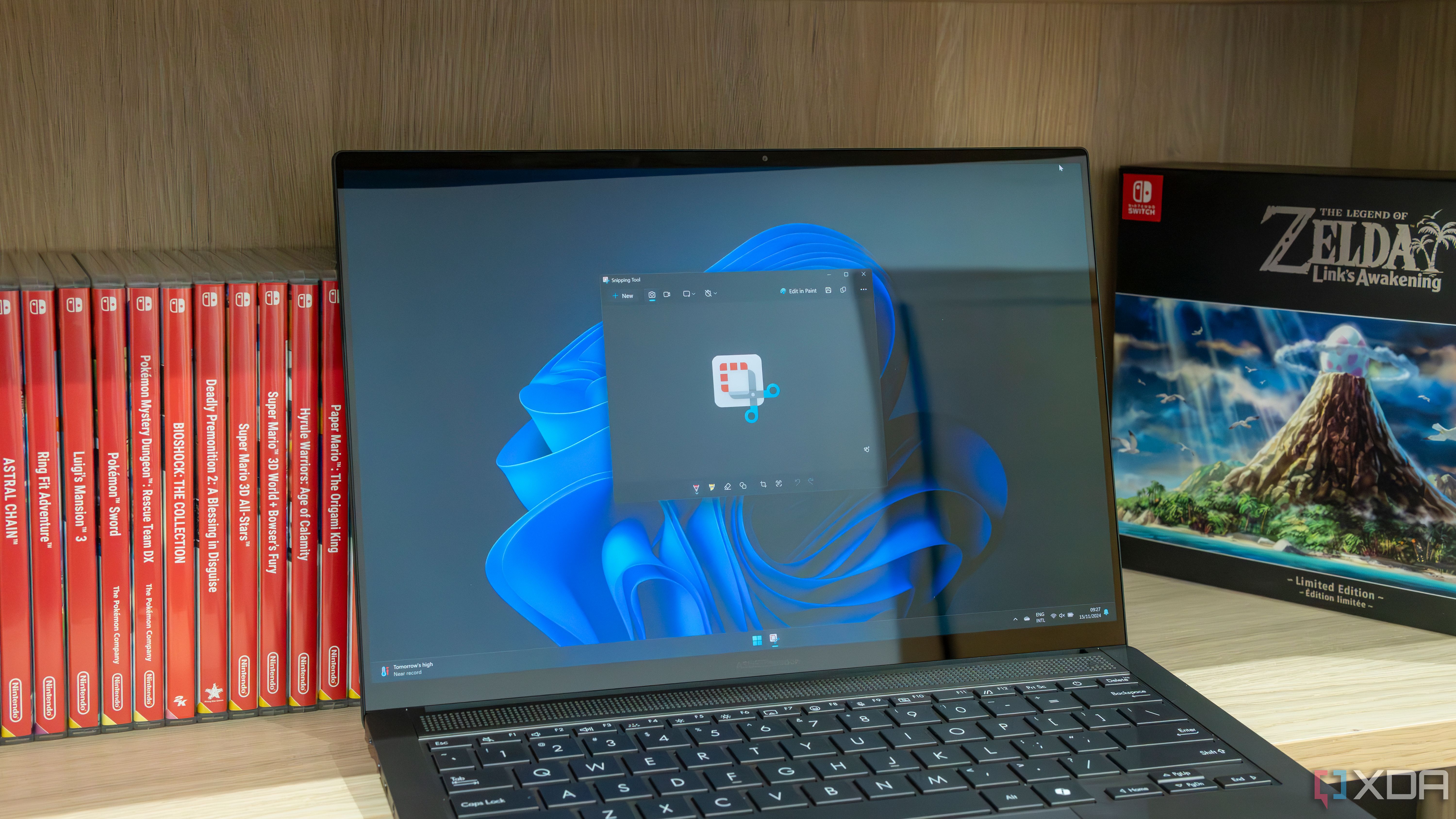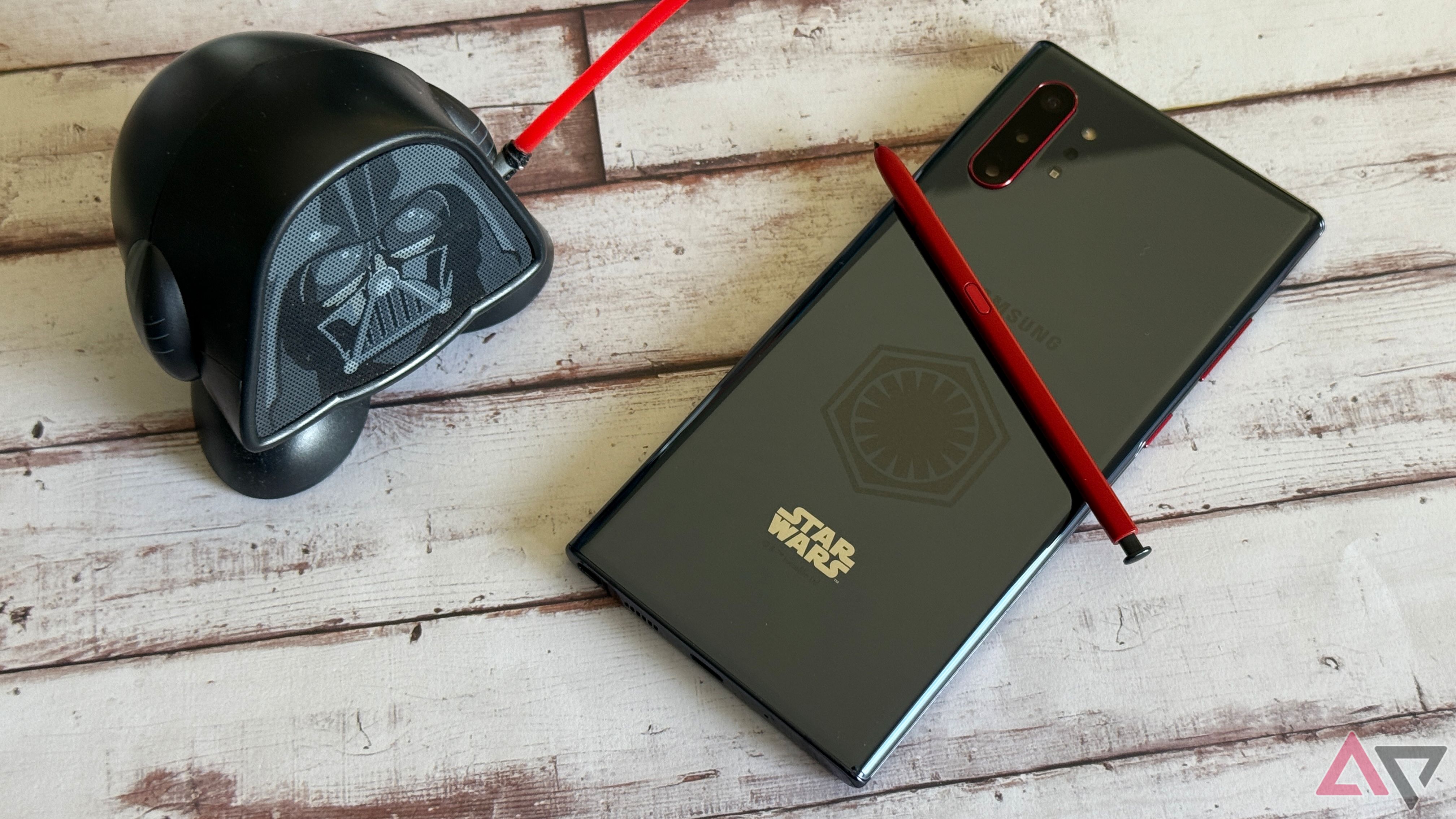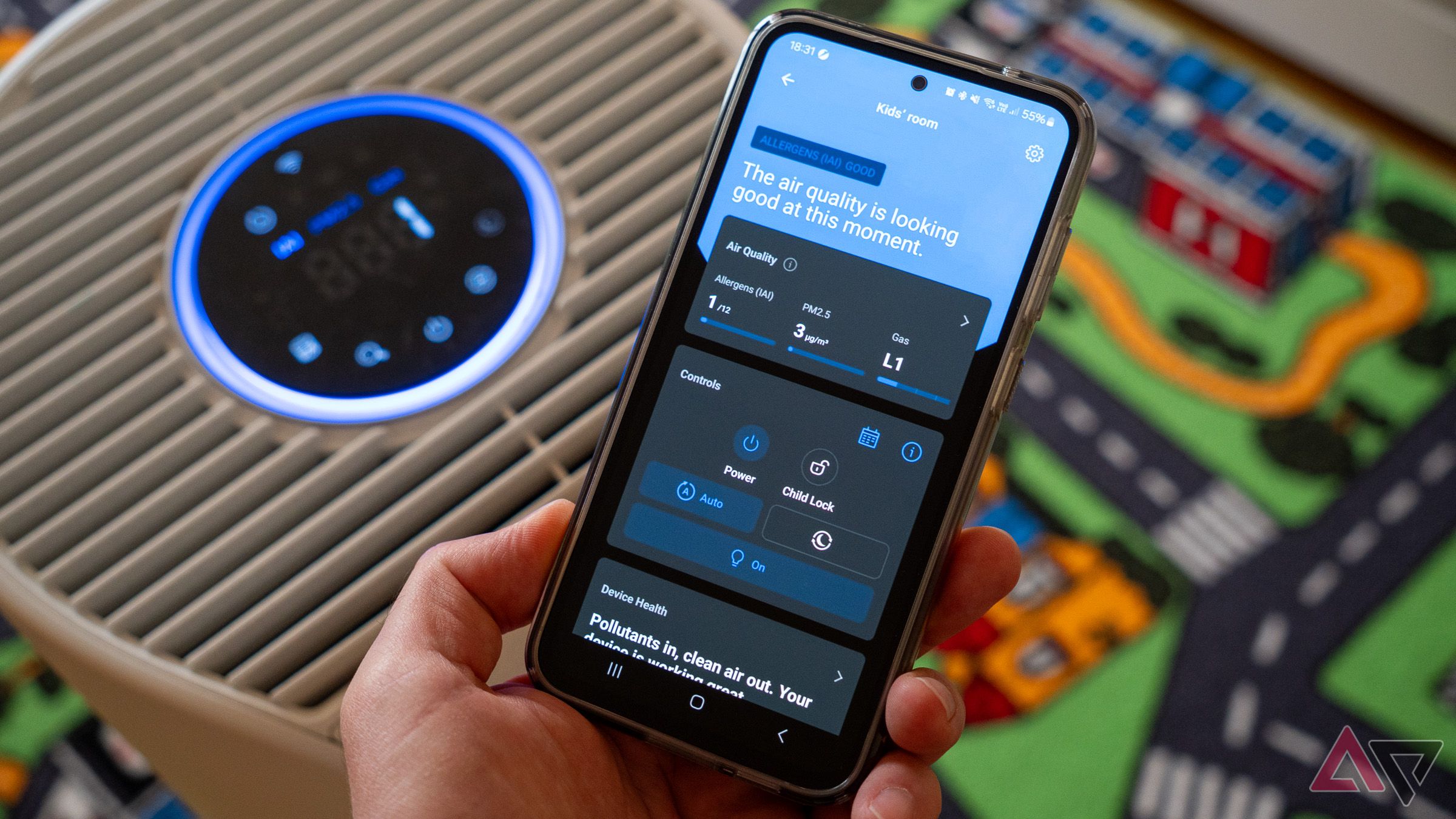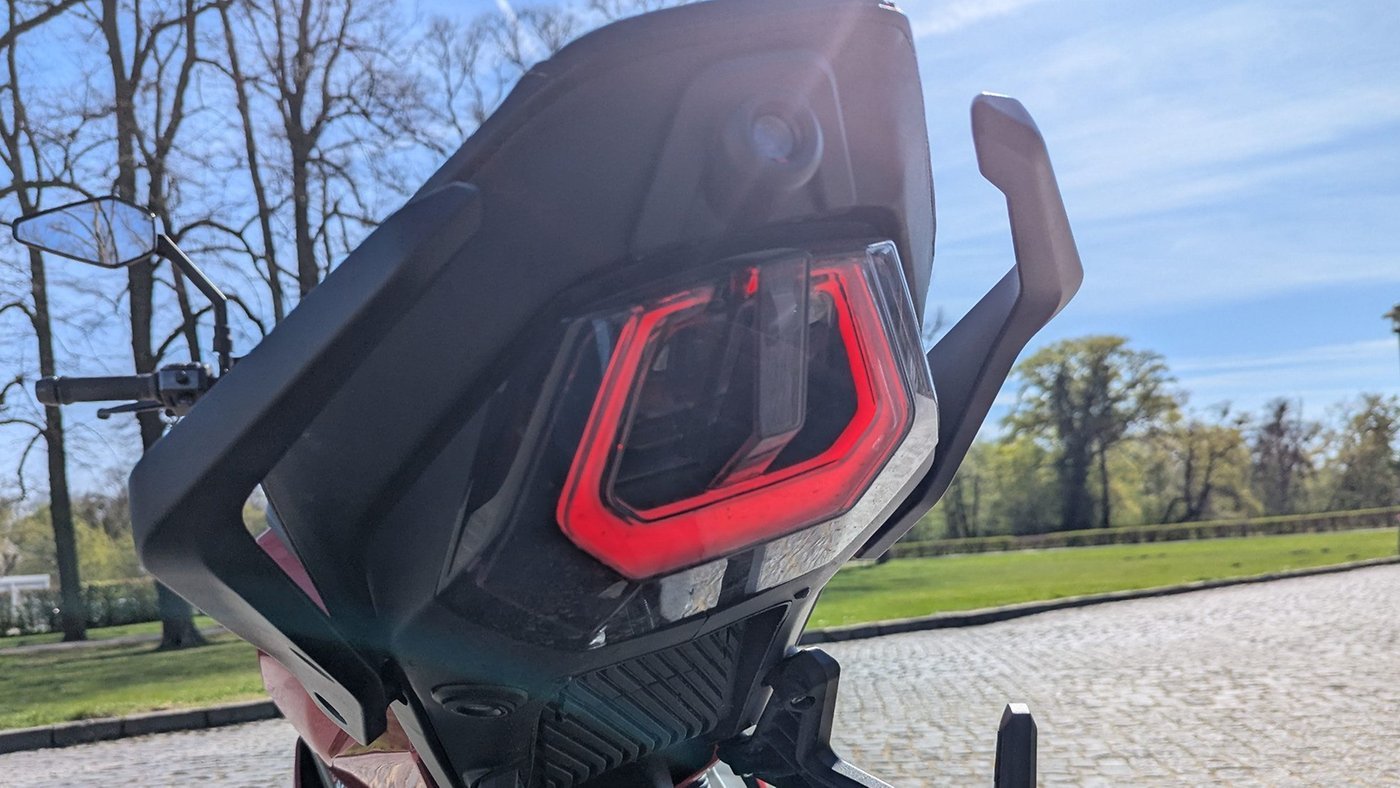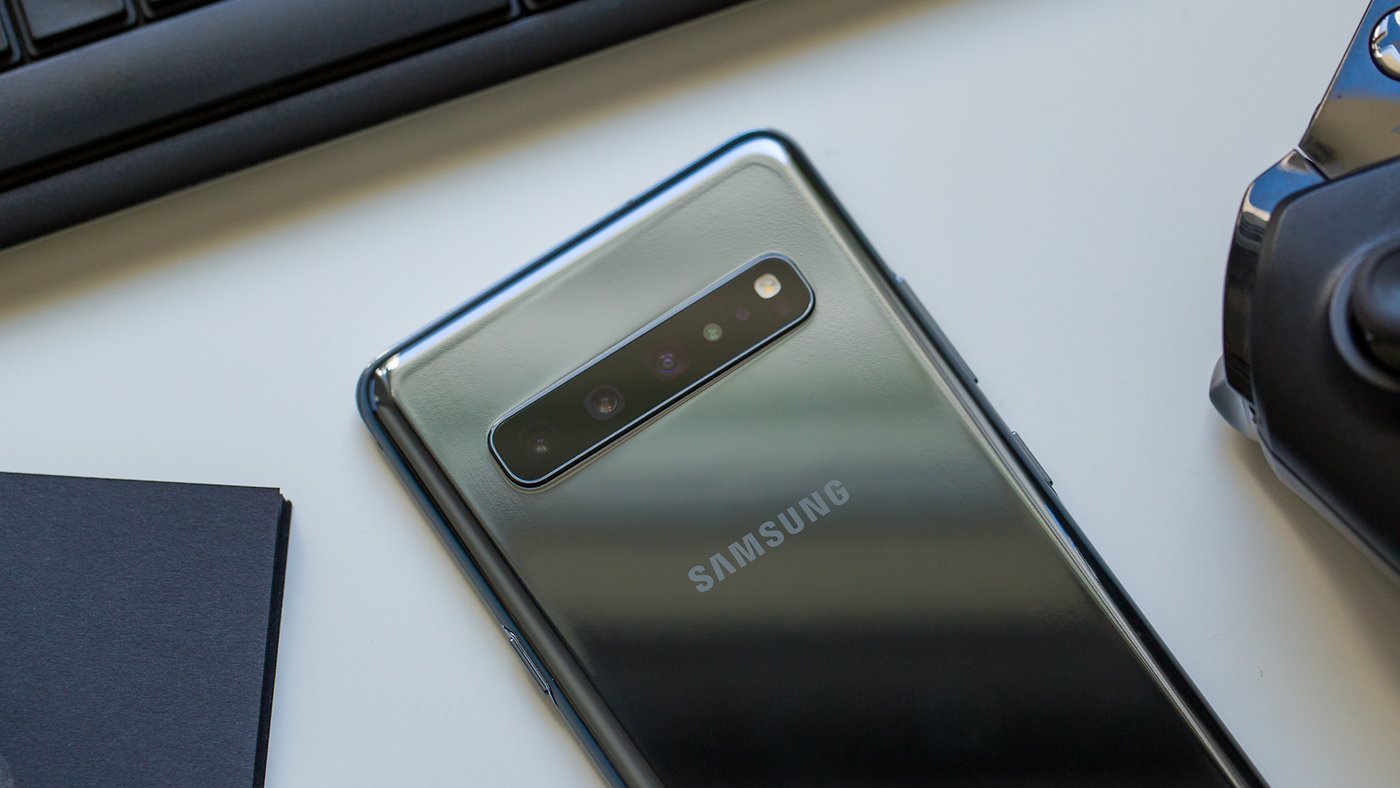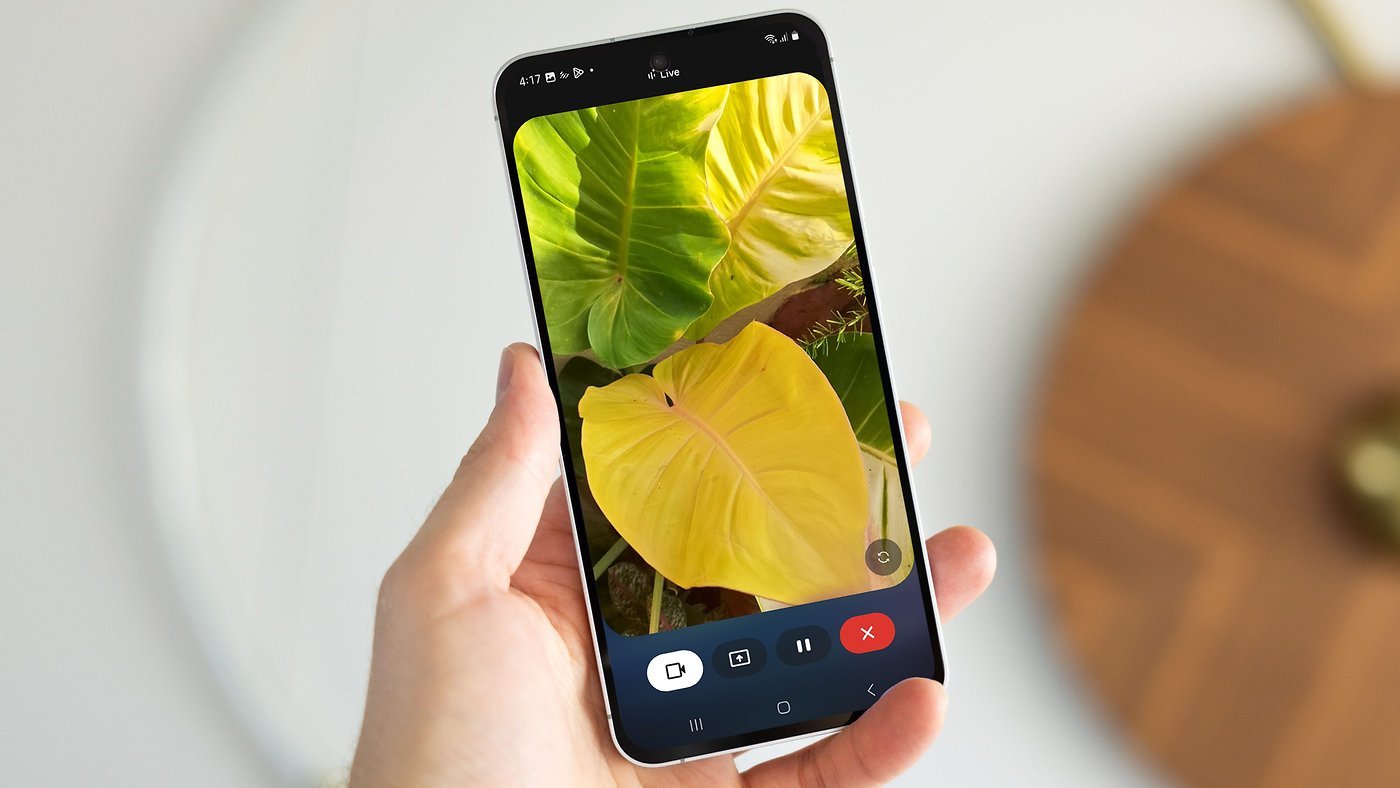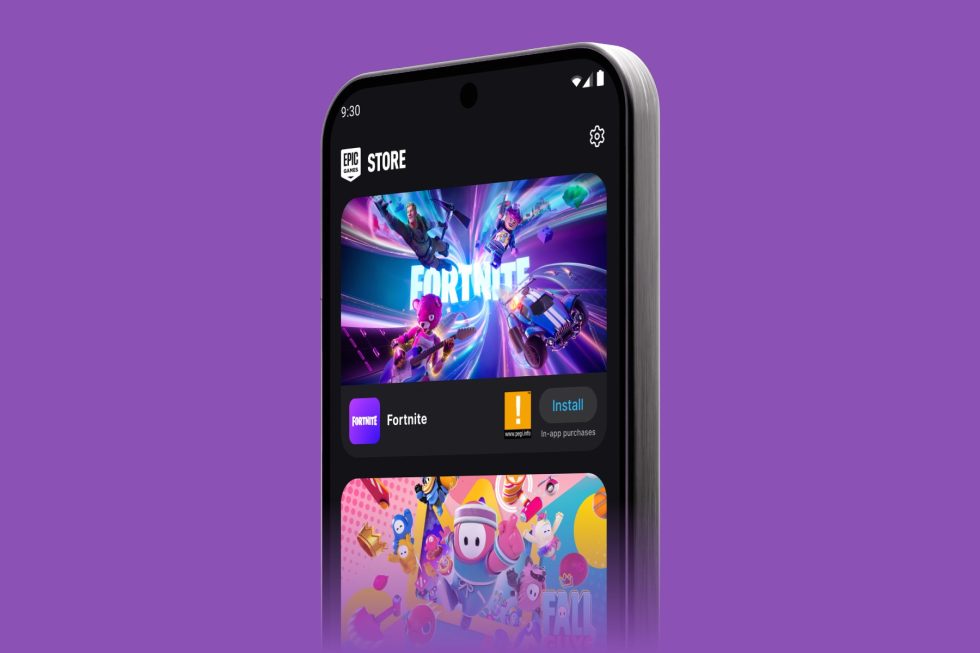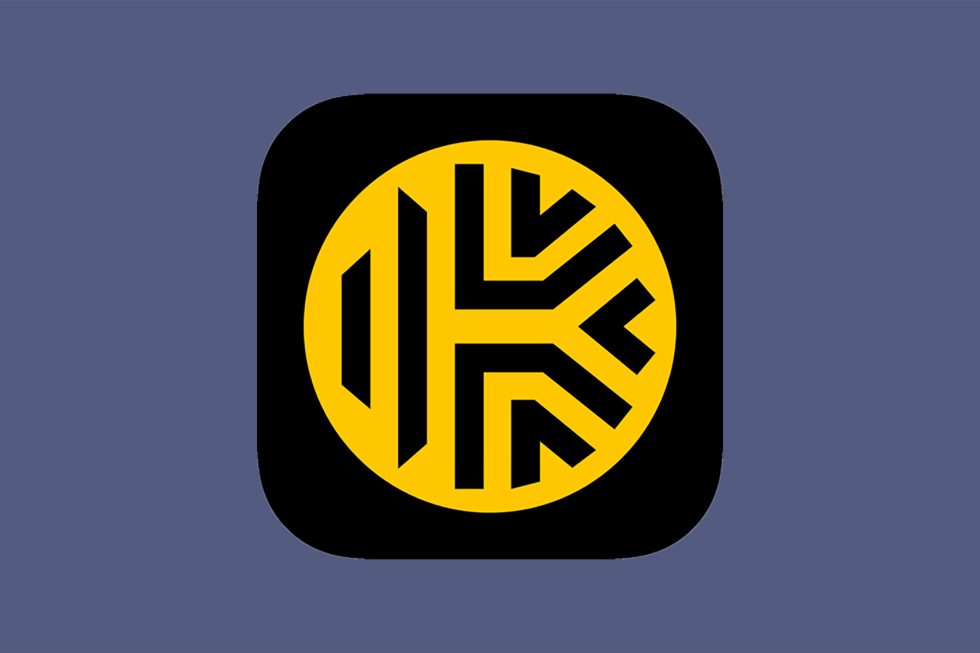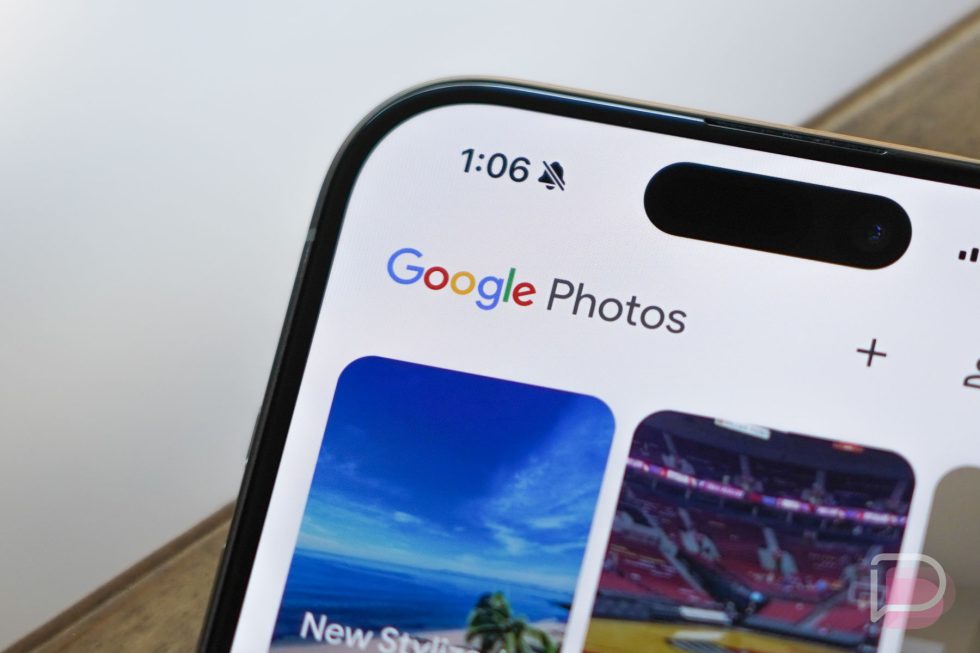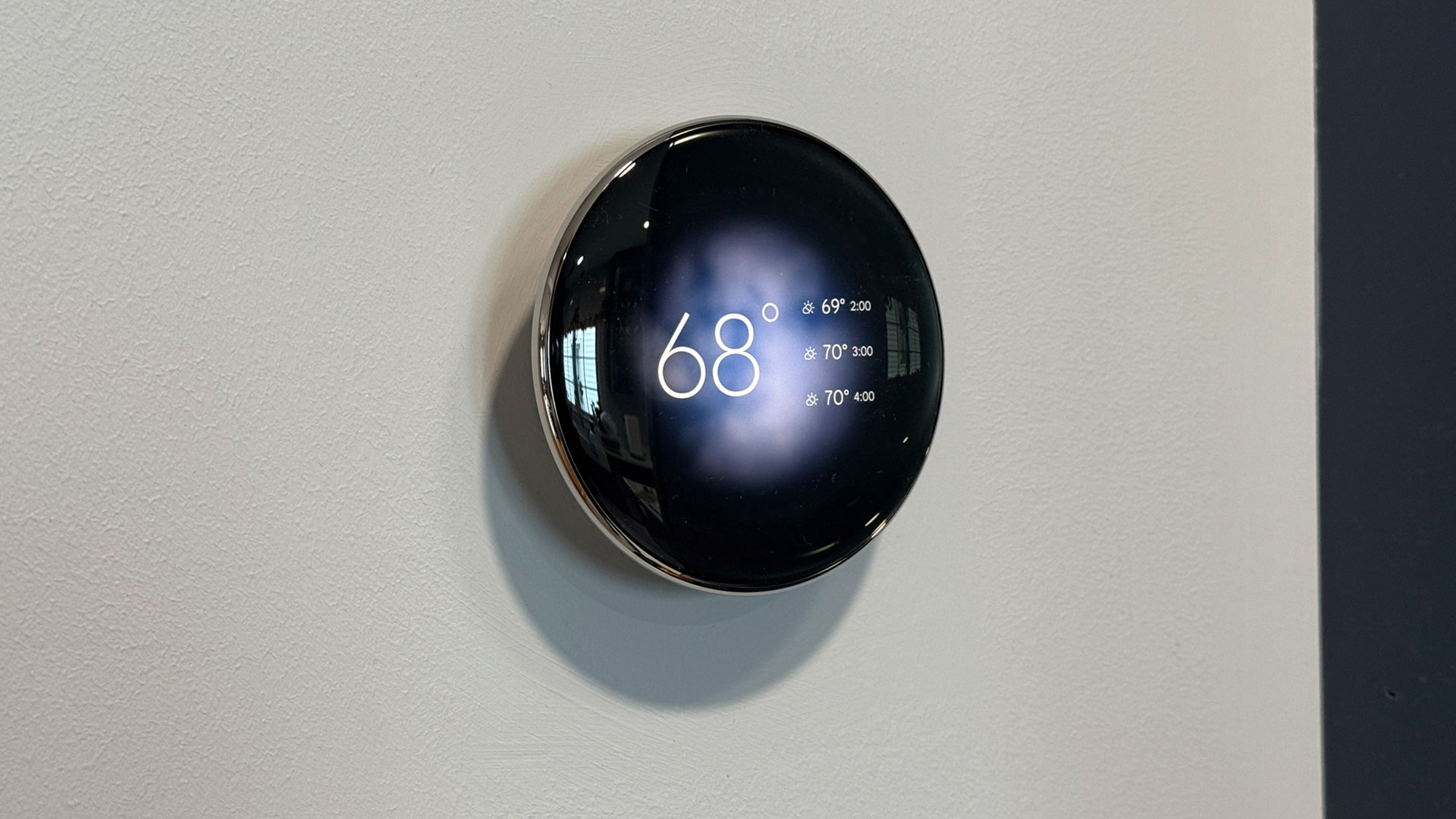Is Google’s smart tag network any good yet?
When Google launched its long-awaited Find My Device network in April 2024, it arrived to… well, what's the opposite of "fanfare"? A slow network rollout and damning reviews dampened enthusiasm for what was supposed to be a wave of Android-powered rivals to Apple's AirTag. But a year's a long time in tech, and Google has […]

When Google launched its long-awaited Find My Device network in April 2024, it arrived to… well, what's the opposite of "fanfare"? A slow network rollout and damning reviews dampened enthusiasm for what was supposed to be a wave of Android-powered rivals to Apple's AirTag. But a year's a long time in tech, and Google has been promising improvements almost since Find My Device was first switched on. I wanted to know: have things gotten any better?
To find out, I set about testing the latest trackers from the three main companies that make compatible models: Pebblebee, Chipolo, and Motorola. For now Google doesn't make its own Pixel or Nest-branded tracker, and Samsung's SmartTags use its own SmartThings Find network, not Google's. In the name of science, I also got hold of an Apple AirTag and a Tile tracker to serve as reference points for Google's chief competitors.
I found a network that's clearly improved in the year since launch, one that in good conditions - a busy city, a tracker that's not moving - is every bit as good as Apple's and Tile's. It's when tracking gets trickier, in rural settings or with moving tags, that a gap between Google and the competition still opens up …









![This new Google TV streaming dongle looks just like a Chromecast [Gallery]](https://i0.wp.com/9to5google.com/wp-content/uploads/sites/4/2025/04/thomson-cast-150-google-tv-1.jpg?resize=1200%2C628&quality=82&strip=all&ssl=1)


